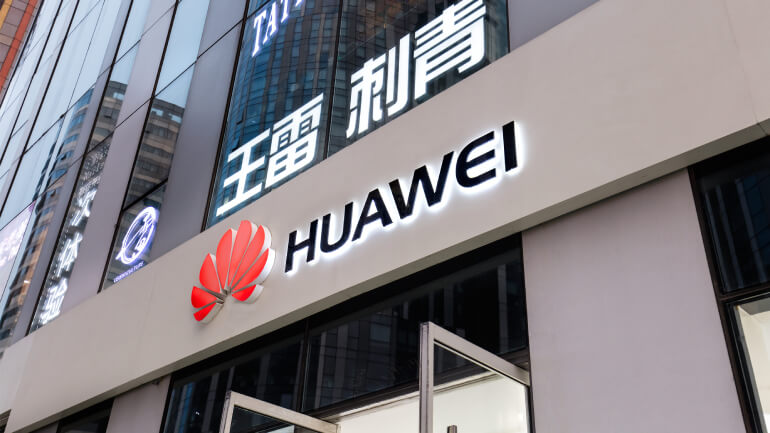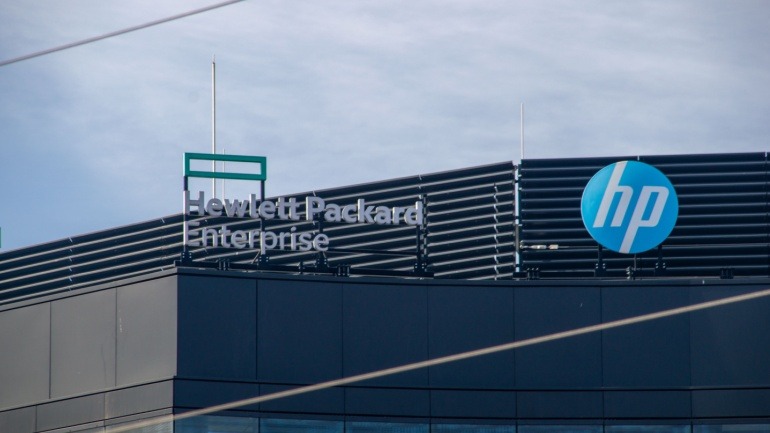At the Huawei Network Summit 2025, the company unveiled AI Fabric 2.0 and Wi-Fi 7 advancements, showcasing significant innovations in network technologies. These upgrades are a testament to Huawei’s strategy to integrate artificial intelligence into network infrastructure for enhanced performance and reliability.
The refined Xinghe AI Fabric 2.0 is designed for Europe’s data center networks, focusing on computation and uninterrupted service delivery. Huawei Vice Director Bingyu Zhou emphasized the solid DCN infrastructure already established in various industries across Europe. The updated solution combines a three-layer architecture: AI Brain, AI Connectivity, and AI Network Elements, which collectively elevate network stability and evolution alongside AI models and cloud systems.
The AI Brain leverages tools like StarryWing Digital Map and NetMaster, integrating service orchestration and automated operations across networks. Implementing AI Connectivity, iReliable technology, and the Eagle-Eye Engine monitors an impressive 200,000 service flows in real-time, aiming for rapid fault detection and service restoration. AI Network Elements utilize CloudEngine switches and StarryLink optical modules, focusing on traffic visibility, packet management, and network security.
A highlight of the event was the presentation of live demonstrations, including the new XH9230 Ethernet switch with cutting-edge features like liquid cooling. Attendees got a glimpse of the future through interactive StarryLink modules, complementing these innovations.
Alongside AI developments, Huawei introduced the Wi-Fi 7 Advanced Technology White Paper. Developed with IEEE and industry experts, the paper outlines innovations including multi-access point networking and enhanced security measures. These features promise to elevate wireless network speed, intelligence, and safety. Dr. Edward Au, IEEE 802.11be Technical Editor, applauded these advances, highlighting the potential for greater digital productivity on campuses through integrated communication and IoT capabilities.
Furthermore, Wi-Fi 7 emphasizes faster connectivity with new scheduling methods, enhancing data rates for users and ensuring low latency for bandwidth-intensive applications. Smart spaces integrate Wi-Fi sensing for activity detection, supporting sustainable building systems. Enhanced security functions like AI signal scrambling and advanced intrusion detection aim to fortify privacy.
Shawn Zhao, President of Huawei’s Campus Network Domain, stated that these innovations elevate campus network performance by merging high-speed communication with expanded security and sensing capabilities. As Huawei continues to innovate, collaborations with European partners remain a priority to support enterprise digital transformations.
These advancements underscore Huawei’s commitment to pushing the boundaries of network technology, combining AI-driven capabilities with next-generation wireless technologies to redefine connectivity for businesses globally.







